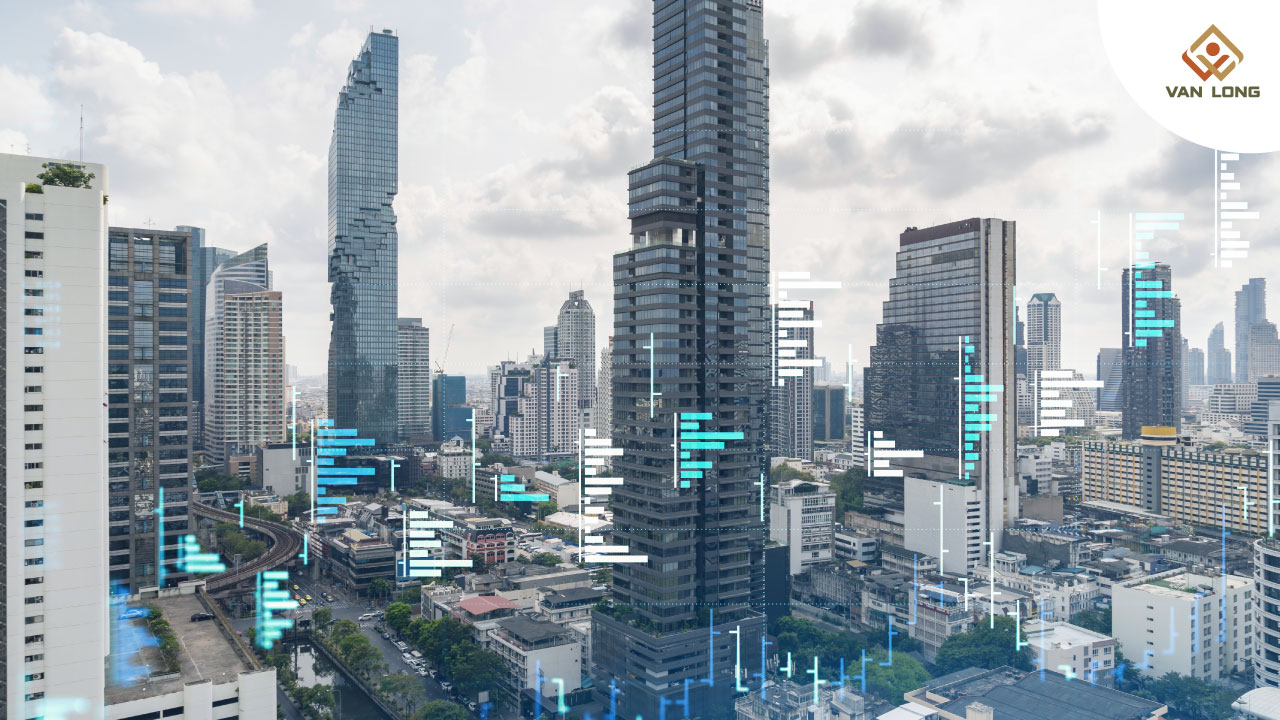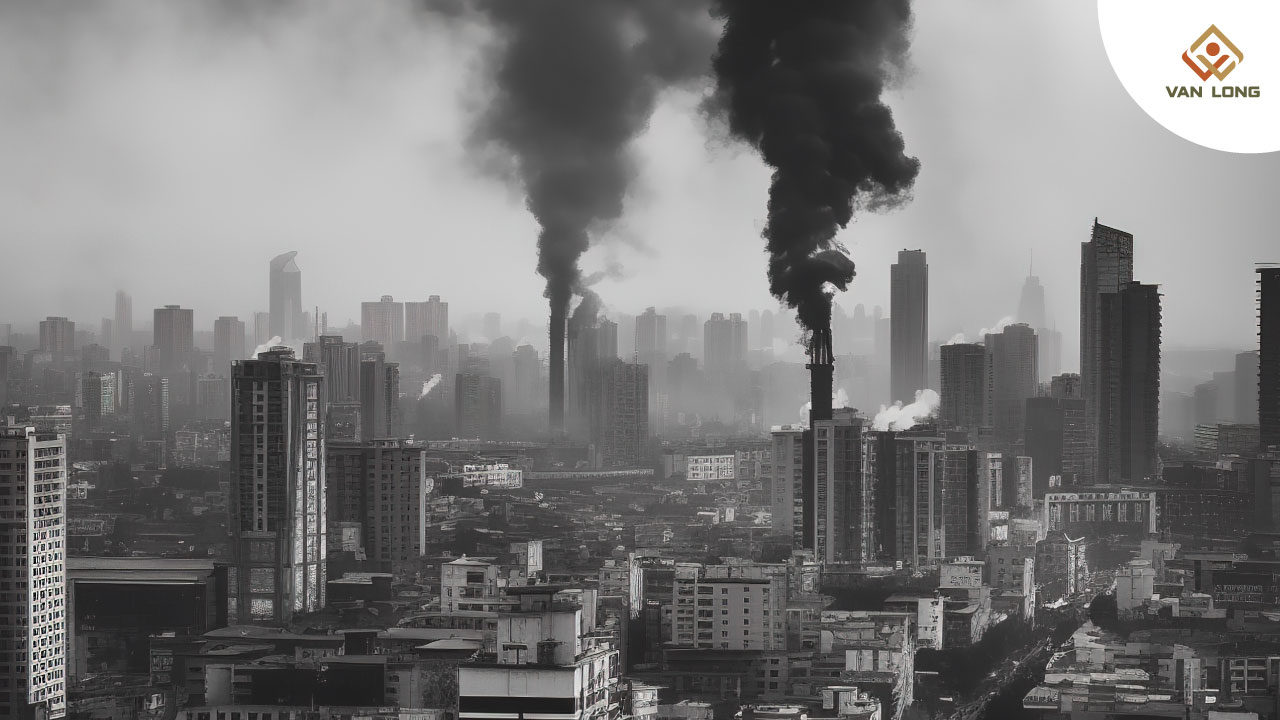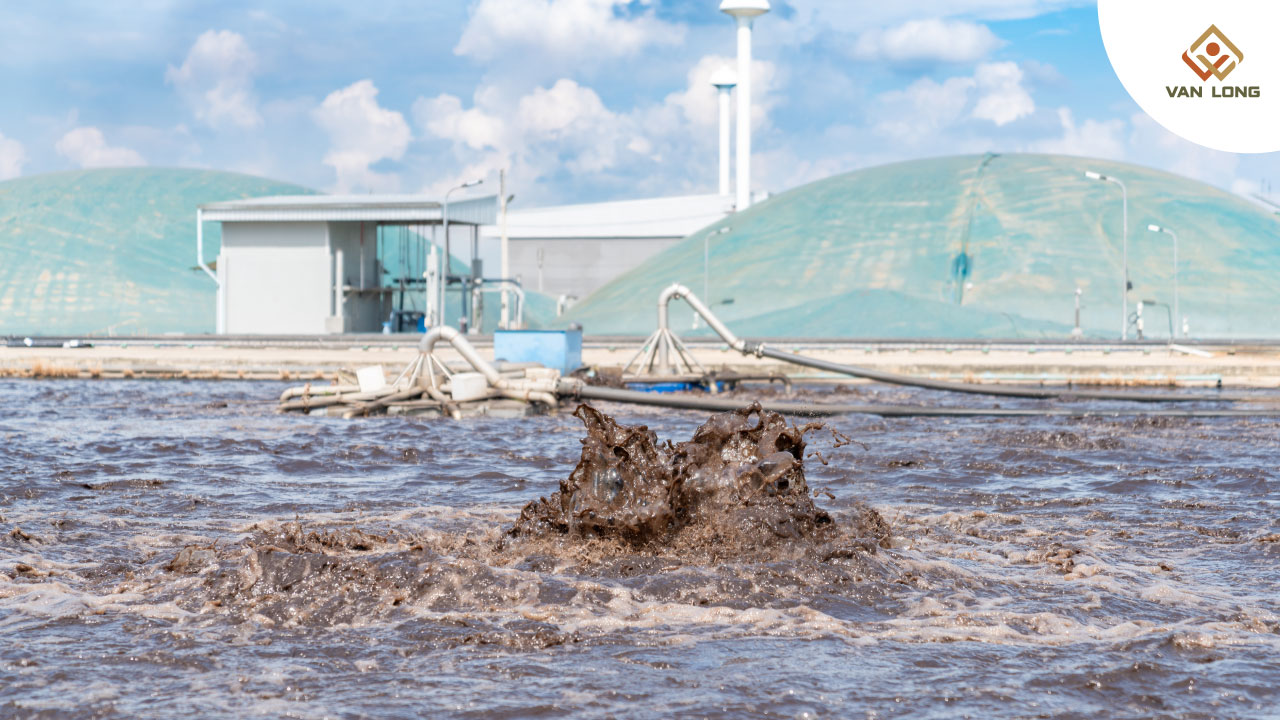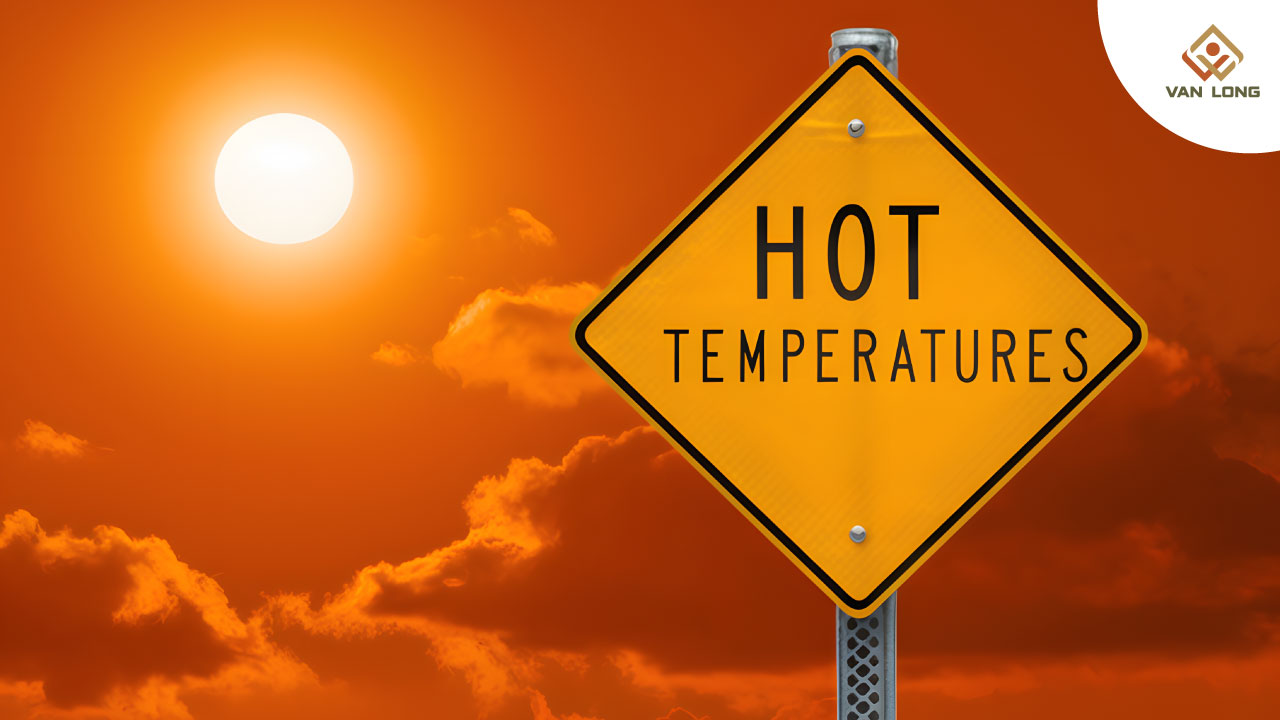Trong thế kỷ 21, tốc độ đô thị hóa và công nghiệp hóa đang mở ra một kỷ nguyên phát triển mạnh mẽ. Thế nhưng, đi cùng với sự thịnh vượng là một mối nguy âm thầm – ô nhiễm môi trường. Những thành phố nhộn nhịp, những khu công nghiệp sầm uất, và ngay cả vùng nông thôn yên bình cũng không còn hoàn toàn an toàn trước làn sóng ô nhiễm đang lan rộng.

Không khí mà chúng ta hít thở mỗi ngày đang dần chứa nhiều bụi mịn, khí độc; nguồn nước sạch trở nên khan hiếm; đất đai mất đi độ phì nhiêu. Tất cả những biến đổi ấy không chỉ tác động đến hệ sinh thái mà còn ảnh hưởng trực tiếp đến sức khỏe con người. Đặc biệt, hệ hô hấp – cánh cửa sinh tồn của cơ thể – là nơi hứng chịu hậu quả đầu tiên.
Khi không khí ngoài trời không còn đảm bảo, nhiều người phải tìm đến những giải pháp hỗ trợ như máy tạo oxy để bảo vệ sức khỏe, đặc biệt là trong các không gian nghỉ ngơi như phòng ngủ. Dù đây chỉ là một giải pháp tạm thời, nó phản ánh rõ thực trạng môi trường đang đòi hỏi chúng ta phải hành động khẩn trương.

Ô nhiễm môi trường không chỉ là sự “bẩn” của không khí, nước hay đất, mà là hiện tượng các thành phần môi trường bị biến đổi theo hướng tiêu cực, vượt quá khả năng tự phục hồi của tự nhiên. Những biến đổi này có thể đến từ yếu tố vật lý (tiếng ồn, ánh sáng), hóa học (khí thải, chất độc), hay sinh học (vi khuẩn, ký sinh trùng).
Theo các nghiên cứu khoa học, khi mức độ ô nhiễm vượt ngưỡng cho phép, nó phá vỡ cân bằng tự nhiên, đe dọa đến sự sống của cả con người lẫn động – thực vật. Nói cách khác, ô nhiễm môi trường chính là sự xâm phạm nghiêm trọng tới “ngôi nhà chung” mà chúng ta đang sống.

Ô nhiễm môi trường tại Việt Nam và nhiều quốc gia khác thường bắt nguồn từ hai nhóm nguyên nhân lớn: hoạt động của con người và yếu tố tự nhiên.

Không khí bị ô nhiễm khi chứa nồng độ bụi mịn, khí độc hoặc các hợp chất hóa học vượt mức an toàn. Hậu quả là gây ra các bệnh hô hấp mãn tính, tim mạch và giảm tuổi thọ.
Tại Hà Nội, TP. Hồ Chí Minh, nồng độ PM2.5 nhiều ngày vượt tiêu chuẩn WHO. Trong những điều kiện này, nhiều bệnh nhân hô hấp buộc phải sử dụng máy tạo oxy cho phòng ngủ để duy trì lượng oxy tinh khiết cho cơ thể, nhất là về ban đêm khi chất lượng không khí thường xấu hơn.
Nguồn nước bị nhiễm hóa chất nông nghiệp, nước thải công nghiệp và vi sinh vật gây bệnh. Điều này ảnh hưởng đến sức khỏe, gây các bệnh đường tiêu hóa và rối loạn chuyển hóa.
Sử dụng quá mức hóa chất nông nghiệp, rác thải công nghiệp làm đất bạc màu, mất khả năng canh tác và gây ô nhiễm nguồn nước ngầm.
Tiếng ồn kéo dài từ giao thông, công trình, khu công nghiệp làm giảm chất lượng giấc ngủ, gây căng thẳng thần kinh.
Đèn điện quá mức tại đô thị làm rối loạn nhịp sinh học của con người, ảnh hưởng đến thị giác và tâm lý.
Bê tông hóa và khí thải công nghiệp tạo ra “đảo nhiệt đô thị”, trong khi quy hoạch kém khiến không gian sống bị chật chội, tầm nhìn hạn chế.
Ô nhiễm môi trường không chỉ là câu chuyện về thiên nhiên bị tàn phá, mà là vấn đề sống còn của con người.
Trong bối cảnh đó, việc đảm bảo một không gian sống trong lành trở nên cấp thiết. Các thiết bị y tế như máy tạo oxy hay hệ thống khí oxy tại bệnh viện, cùng dịch vụ y tế tại nhà hỗ trợ bệnh nhân hô hấp, đang đóng vai trò ngày càng quan trọng trong bảo vệ sức khỏe cộng đồng.


Hít thở là hoạt động bản năng nhưng lại chịu tác động mạnh mẽ từ môi trường. Một người trưởng thành hít vào trung bình 20.000 lần mỗi ngày, và nếu mỗi lần hít đều kèm theo bụi mịn, khí độc, thì hệ hô hấp phải làm việc liên tục để lọc bỏ chúng.
Khi môi trường ô nhiễm nặng, những giải pháp tạm thời như máy tạo oxy cho phòng ngủ giúp cung cấp nguồn oxy tinh khiết, hỗ trợ đặc biệt cho người bệnh hô hấp, người cao tuổi, hoặc người sống trong khu vực có chất lượng không khí thấp. Dù vậy, đây không phải giải pháp lâu dài; giải pháp bền vững vẫn là bảo vệ và khôi phục môi trường sống chung.
Ô nhiễm môi trường không chỉ là thách thức mà còn là lời cảnh tỉnh về mối quan hệ giữa phát triển và bền vững. Mỗi chúng ta đều có trách nhiệm và quyền lợi trong việc gìn giữ bầu không khí trong lành, nguồn nước sạch và mảnh đất màu mỡ.
Hãy bắt đầu từ những hành động nhỏ: giảm rác thải, tiết kiệm năng lượng, sử dụng phương tiện thân thiện môi trường, và bảo vệ cây xanh. Khi môi trường được cải thiện, chúng ta không chỉ giảm nhu cầu phụ thuộc vào các thiết bị y tế hỗ trợ hô hấp như máy tạo oxy, mà còn đảm bảo một tương lai khỏe mạnh hơn cho thế hệ mai sau.
——————————
CÔNG TY TNHH PHÁT TRIỂN THƯƠNG MẠI DỊCH VỤ VÂN LONG
YOUR NEEDS - OUR BUSINESS
Hotline: (028) 3526 2468 / 098.484.0440
Email: cskh@vl-groups.com
Website: www.vl-groups.com
Địa chỉ:
- Văn phòng HCM: Tòa nhà Fosco, D35 + D36 - 40 Bà Huyện Thanh Quan, P.Xuân Hòa, TP. HCM
- Trung tâm bảo hành: 373/14 Nguyễn Kiệm, P.Đức Nhuận, TP.HCM
- Văn phòng Hà Nội: Khu VP Hồng Hà, 38.3/1 Ngõ 109 Trường Chinh, P.Phương Liệt, Q.Thanh Xuân, Hà Nội
- Kho Tổng: 938 Quốc Lộ 1A, P.Linh Xuân, TP.HCM
🌼 Shopee: https://shopee.vn/vanlonggroups
🌼 Tiktok: https://www.tiktok.com/@thietbichamsocsuckhoe
🌼 Tiki: https://tiki.vn/cua-hang/cham-soc-suc-khoe-van-long
🌼 Lazada: https://www.lazada.vn/shop/van-long-our-needs-your-business